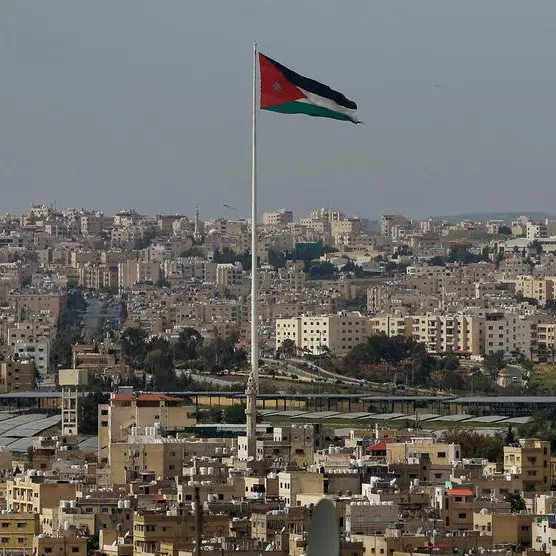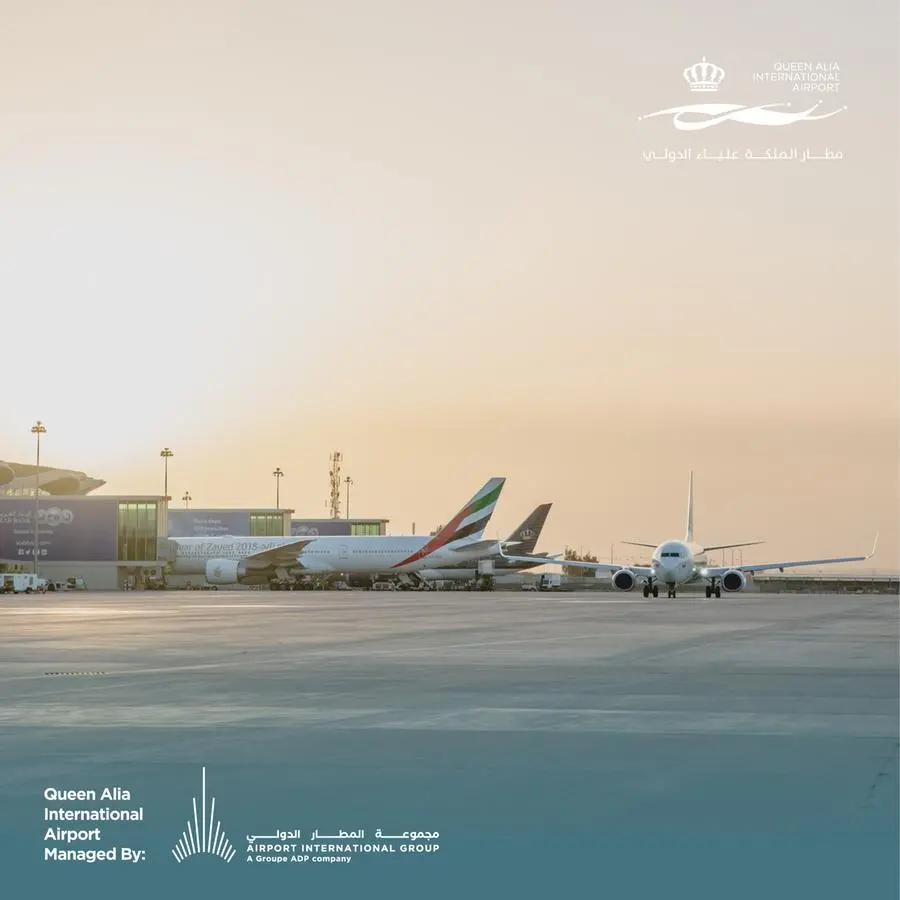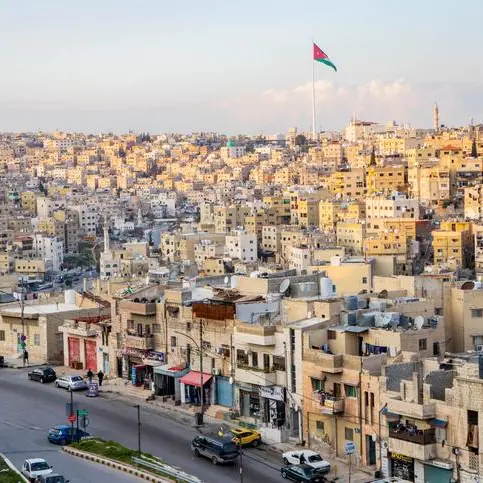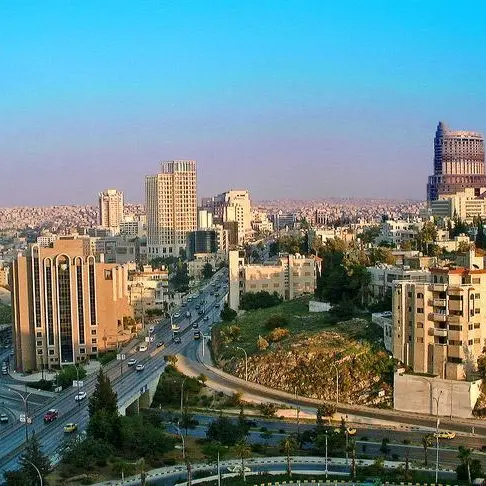PHOTO
Image used for illustrative purpose.
AMMAN — Despite the political changes and turmoil that characterised the periods between the Fatimid, Ayyubid and Mamluk rules, some industries remained more or less the same, unaffected by imperial reshaping in centres like Damascus and Cairo. The local ceramic production and vernacular architecture remained self-reliant and resilient, noted an American Mamlukist.
The decentralisation of ceramic production in the middle Islamic period [from 12th to 15th centuries] resulted in a marked regionalism, impacting not only the development of glazed wares, but also handmade wares, until modern times.
Handmade geometrically painted ware, usually referred to by its acronym “HMGP” in the archaeological literature, is a readily recognisable ceramic marker of middle [12th – early 16th centuries] and late [16th – 19th centuries] Islamic Syria, though its origins are much earlier," noted the professor Bethany Walker from The Bonn University, adding that it changes very little in assemblage, fabric, form and surface decoration from the 11th throughout the mid-20th centuries.
While produced throughout rural areas of southern Syria, there is growing archaeological evidence that the ware first emerged in a semi-pastoral environment in the southern Transjordan and spread from there to other regions.
Two different modes of production developed during that period: one in the household [for the family unit, by the family unit] and one as a workshop industry by specialised potters working, in fact, with a slow wheel.
Its development had nothing to do with imperial interventions and the distribution of HMGP owes everything to the structure of local markets and the traditional mobility of rural peoples, Walker continued adding that Gaza ware is perhaps the best example of a long-lived wheel-made ceramic industry and is one of the hallmark wares of Ottoman Palestine. It is readily identifiable by its range of forms and gray hue, the colour produced in an oxygen-reduction kiln.
"Although there is still no consensus on when it was first produced, there is archaeological evidence for its appearance as early as the 16th century, reaching its fullest development in the late 19th century. Usually associated with the kilns of the town of Gaza, this ware was produced, in fact, in family-run workshops across southern Palestine," Walker said, adding that the potters produced a wide range of forms, but it was the large storage jars and ibriqs (spouted water jars) that were the most popular with largely rural customers throughout Palestine, the Transjordan, and Lebanon, particularly by the late 19th century.
These products were used at home (to store a variety of foodstuffs) and in the fields (for drinking water during work).
"The jars were quite heavy and were transported by land via donkeys and camels. Small village markets throughout southern Syria carried these wares, which were used in village households," the scholar said, noting that the spread of Gaza ware throughout the region was also due to the migration of potters from southern Palestine, who took their family trades with them.
Local potters tended to imitate Gazan ware which was attested by petrographic analysis of pottery from northern Jordan; And like HMGP, Gaza ware (and its derivatives) has a long history of production in the region, the distribution and consumption of which has more to do with long-established rural networks than the presence of the Ottoman state, Walker emphasised.
The local craft had been developed independently from the Ottoman authorities. The main focus for the Ottoman Empire was the protection of trade and pilgrimage routes. Besides that, Porta was very busy with military campaigns in Europe and Middle East.
"Traditional crafts and agriculture and social and small-scale market networks were not impacted in any direct way by the imperial state. Imperial reach did not extend far into the daily lives of rural communities in the Arab world except in the realm of tax collection and land tenure," Walker underlined, adding that the collapse of the old timariot system had the unexpected result of making land available —through many means (outright sale, leasing, tax farming, exchange)—to a wider spectrum of people than ever before.
The subsequent commercialisation of orchard agriculture, in particular, may have been the single most important way that village communities in the eastern Mediterranean were transformed by policies made in Istanbul.
"However, even in this case, one cannot consider this an Ottoman endeavour; it is a stark example of peasant agency, taking advantage of economic opportunities and sharing knowledge about market conditions," Walker concluded.
© Copyright The Jordan Times. All rights reserved. Provided by SyndiGate Media Inc. (Syndigate.info).




















